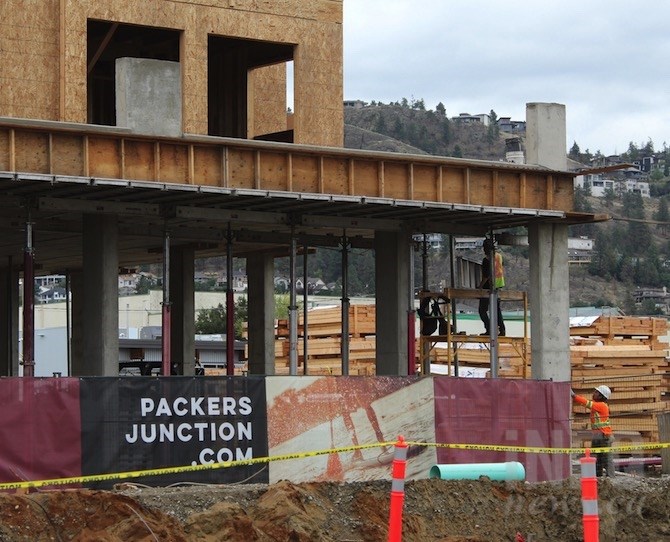Housing supply in Central Okanagan growing faster than population

The Central Okanagan was the fastest growing “census market area” in the country during the last census period at 14%, while the number of new housing units built during the 2016 to 2021 census period grew by 15.5%, according to data released by the Union of B.C. Municipalities today, March 23.
That’s a better ratio than for B.C. as a whole. The province's population grew by 7.6% but housing grew by only 7.2%. Still, at an average of 2.4 people per household (based on 2016 census data), that means the population grew by 352,824 people but there was enough housing built for 355,865 people.
Despite that data, there is no question that, especially in the past two years, home ownership has become out of reach for more people and Kelowna is now the third-most expensive city in which to rent a one-bedroom apartment ($1,800).
READ MORE: Kelowna passes Victoria as third most expensive place to rent in Canada
The data from the Union of B.C. Municipalities highlights the fact that the shortage of affordable housing is not caused by a shortage in new construction, but a shortage in housing that is within the financial reach of many.
It’s contained in a new report called Building B.C.: Housing Completions and Population Growth 2016-21.
It highlights the need for senior governments to do more to increase the affordability of housing such as the federal government giving more support to things like co-op housing and other housing options.
It also calls on the province to bring in policies to turn more short-term rentals into long-term rentals and to introduce a tax on flipping.
It cites a Bank of Canada study from January that said 20% of new homes were bought by investors.
In some B.C. cities, flipping has skyrocketed, up 724% over the last three years in Langley and 161% in Abbotsford. It does not include similar data for Kelowna or other Interior cities.
The report also cites data from the Independent Contractors and Businesses Association on the shortage of labour and building materials.
“You can draw a direct line from labour shortages and longer project completion times to the affordability crisis in B.C.,” association president Chris Gardner says in the report.
So far this year, 75% of its members say they can’t find enough workers, up from 61% last year.
There are also 76% of their members who say it’s taking longer to source construction materials. That rises to 88% in high growth areas like Vancouver Island and the Okanagan.
To contact a reporter for this story, email Rob Munro or call 250-808-0143 or email the editor. You can also submit photos, videos or news tips to the newsroom and be entered to win a monthly prize draw.
We welcome your comments and opinions on our stories but play nice. We won't censor or delete comments unless they contain off-topic statements or links, unnecessary vulgarity, false facts, spam or obviously fake profiles. If you have any concerns about what you see in comments, email the editor in the link above.



